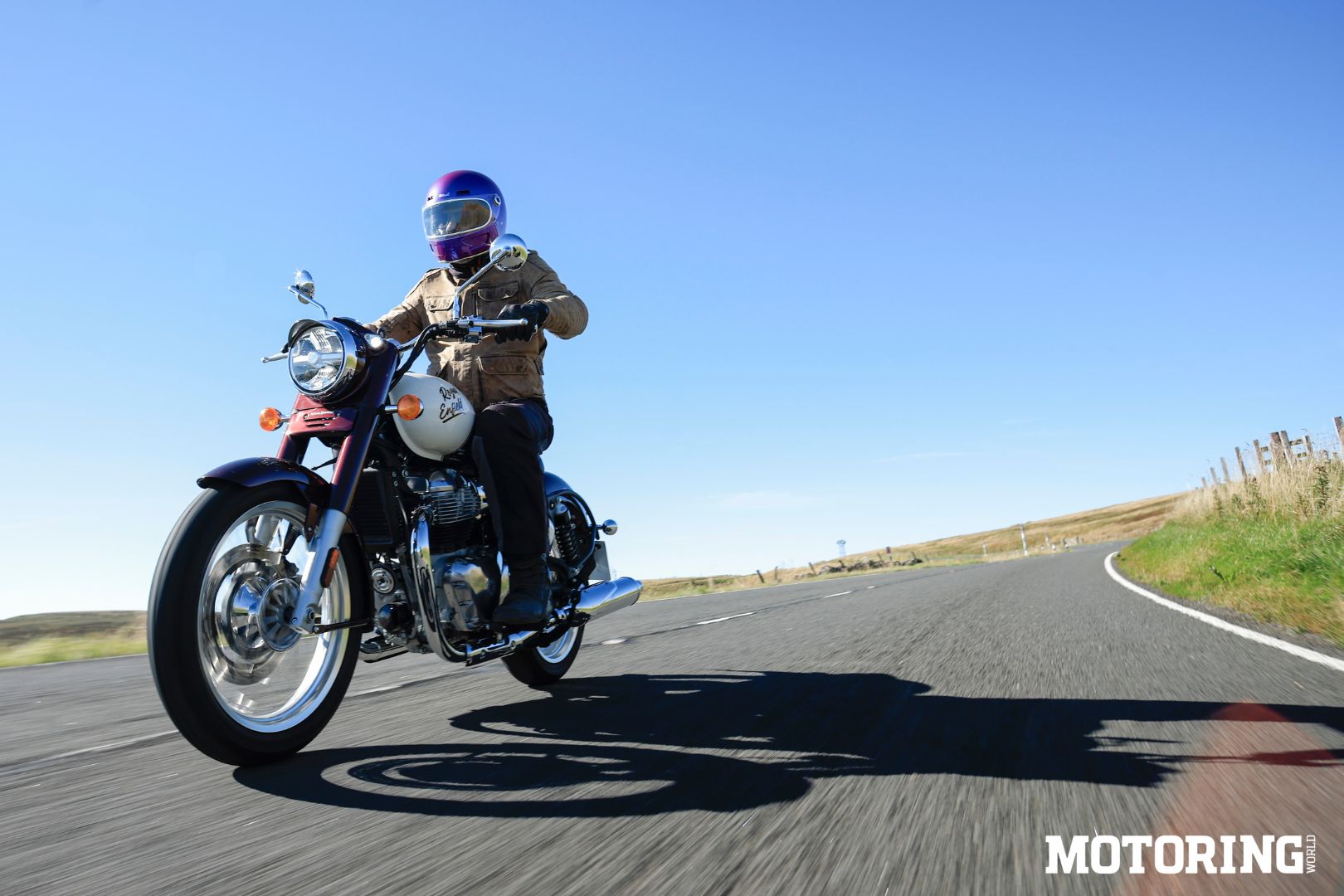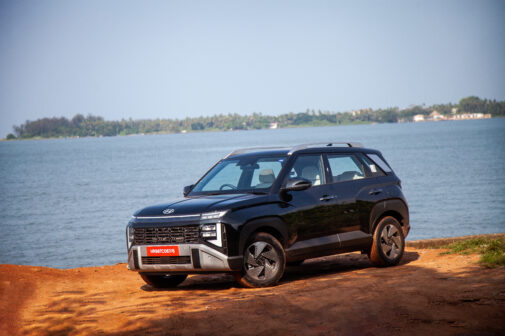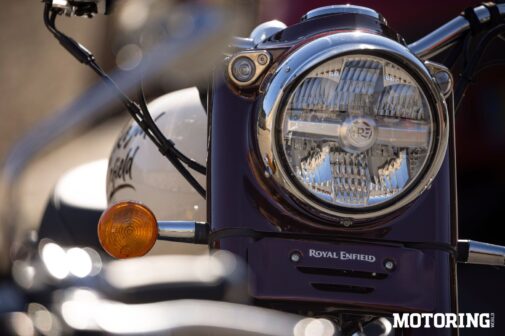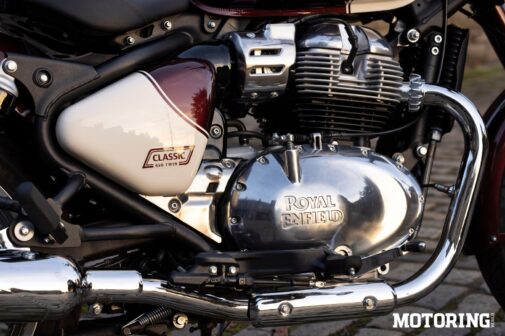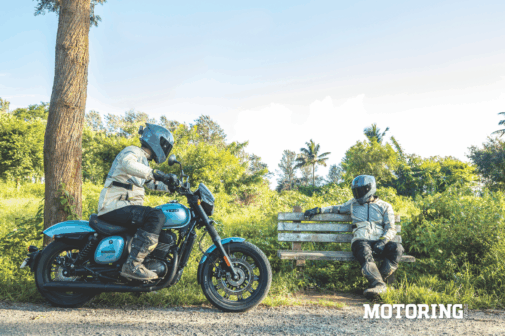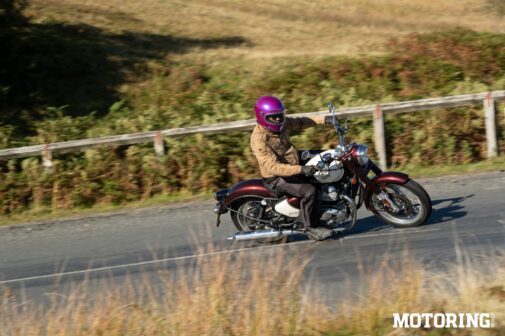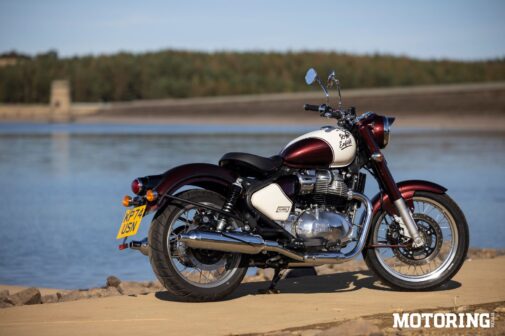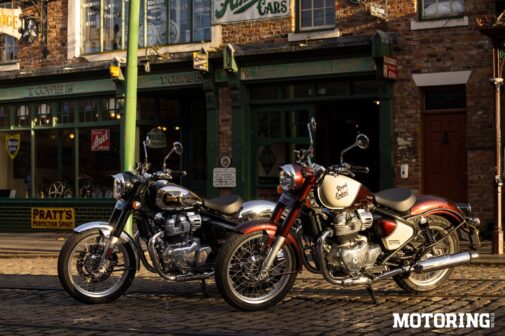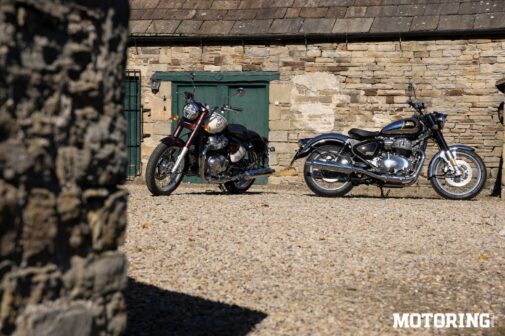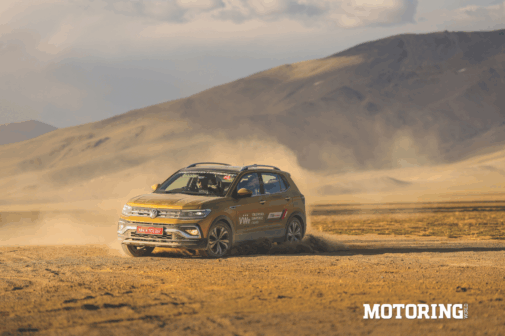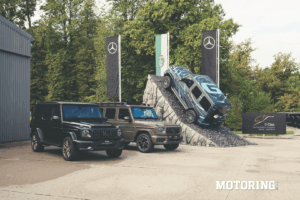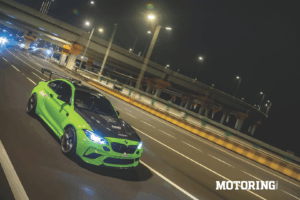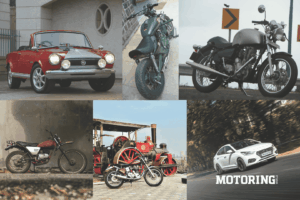‘I hope there’s a chrome version,’ I said to the gentleman from Royal Enfield, before walking into the room in Newcastle, UK, in which the Classic 650 Twin was displayed in a rather hush-hush manner. ‘Well, we had to have one, didn’t we?’ he replied, and I nodded along in agreement. And by the third nod, I realised that that reply in the form of a question was the whole reason for this bike to exist. How could RE not make a bigger flagship version of the bike it sells the most? It’s also the reason why the Classic 650 Twin is more of the same — ‘more’ being the operative word in every sense. This is one more motorcycle with RE’s very approachable 650 twin engine, one more example of that lovely casquette-led ageless design.
There are few shapes on which chrome looks better than those typically British (now very firmly Indian) lines; to me, it’s like Shakespeare walked into a quaint old English pub, and the whole place was immediately doused in the mirror-finish stuff, Bard and all. So naturally, I was aghast at being stuck with the paint scheme that looked like a maroon-cream dessert. Make no mistake, if you think of getting one of these, it has to be the old Machismo-inspired black-chrome number. Especially since RE chrome is a special thing to walk up to every morning.
However, the ye olde shapes meant for a small(er) motorcycle didn’t necessarily look at home on a bigger one. The Classic 650 is based on the Super Meteor/Shotgun platform, two of the least-selling bikes that RE makes. I thought that the front wheel and mudguard looked a bit skinnier in front of the rest of the motorcycle, and also that the bike sloped down too much from casquette to tail-lamp. A heritage roadster cannot have the defining silhouette of a cruiser, can it?
To top it all off, blasphemy of blasphemies for the first time in history, those pilot lamps aren’t complemented by traditional triangular ‘tool boxes’! Then there are the cockeyed exhausts pointing in directions that definitely converge somewhere in space and time; however, they did provoke thoughts along the lines of ‘symmetry isn’t necessarily beauty’ and ‘isn’t every human face asymmetrical as well?’ The good news is that the bike felt good; everything on the Classic 650 was of the quality that we have come to expect of RE. Especially the riding part.
Hauling along at 160 kph through rolling English countryside, it was evident that the motorcycle was fast enough for most riders to have fun with. But is that the point of a Classic? Whatever the answer to that question is, the fact remains that the 650 twin with its linear spread of horsepower and torque was still a delight to throttle around. It might still have the same grunt that you may be used to, but it is still very much fun. Even if there wasn’t as much of a sense of occasion as I’d expected from those tubes masquerading as pea shooters, that’s for sure. Blame regulation-conforming measures for that, as I do. However, gear shifts were as predictable and taut as they have been for the past six years.
Anyway, the gentlemanly riding position caused by the triangle engineered by the pulled-back ’bar, low seat and centre-set footpegs meant that any and all enthusiastic use of the twin’s power resulted in my hip and shoulder joints feeling like the rest of me was a rather effective parachute in the wind. And before long, I slowed down to between 90-110 kph, which felt like the Classic 650’s sweet spot. ‘That’s not much,’ some might be inclined to think, but a Classic isn’t about outright numbers, right?
With the twin’s graceful mid-range torque burbling sweet nothings into the cold English wind, and that casquette leading the way on twisting roads in the sunny countryside of The Pennines, there were several moments which felt like being in a two-wheeled sonnet. That happened more than just 14 times, though, I assure you. At that more measured pace, the pea-shooters were audible again, even if their 270°-crank song was quite a bit out of tune with the ‘propah thunder’ 360° firing orders of the Redditch twins I’ve ridden. What, you can’t make the nostalgic motorcycle with those lines and expect me not to remember the originals, RE.
Somewhere along that reverie came the immediate need to shed speed, and the Classic’s protest was loud and clear. And for the first time other than at a standstill, a section of the bike’s spec sheet flashed urgently in front of my eyes — Kerb weight: 243 kg (European spec). That’s with the pillion seat and its frame, more or less a straight lift off the Shotgun, without a saree guard, of course. Long ballad short, the Classic didn’t like slowing down in a hurry. However, that was the only chink in the bike’s dynamic armour. Flowing along twisty roads, the Classic was as pleasant and soothing as a babbling brook.
If there’s a word I’d use to describe the Classic’s handling, it’d be ‘stable’. As in, it felt so planted, it could shelter equines if it wanted to. As you can imagine, that was mighty reassuring, and combined with the surprisingly light steering (thanks, skinnier front end), the Classic was more than capable of grinding its ’pegs to dust. This was mostly for the cameras, though, and I found myself reining in any hooligan-ish ideas and treating the Classic experience with the dignity it rightfully deserved. What is this motorcycle if not RE royalty? And as regents are wont to do, this one was not as considerate towards others’ backsides, too.
The feedback a lot of riders gave RE after the ride was over prompted a response that the rear suspension will be reworked to be plusher while still providing the control and stability that a motorcycle as heavy and fast as this one absolutely requires. So this is a moot point, especially since we rode it not in India but in Northern England where roads are designed and made far more sensibly than here. Even so, I had to get off the bike after 100 km, that’s how stiff it was. And a Classic, small or big, cannot be anything but plush. Don’t take my word for it, just ask the hundreds of thousands of existing Classic owners.
All of that aside, the Classic 650 is superlative not just in concept but also in feel, and ultimately that’s what matters. Take a look at the chromed switchgear and wheel hubs, and tell me you disagree. Yes, it’s not as visually traditional as it ought to have been (again, no tool boxes!), but it is a motorcycle that brings together two of the best things RE has made, that engine and that design, and melts them into a seamlessly special ride. And that’s all I can say without knowing its price, other than it better not carry the premium tag I’m assuming. Nonetheless, is inevitably having to make a motorcycle and more of the same enough to be special? Yes — because it does not get more classic than this.
MOTODATA
RE Classic 650 TwinPOWERTRAIN
Displacement:
Max Power:
Max Torque:
Transmission:
648cc, parallel twin
46.39 bhp@7250 rpm
5.33 kgm@5650 rpm
6-speed
CHASSIS
Type: Steel tubular spine frame
BRAKES
F/R: 320-mm disc / 300-mm disc
TYRES
F/R: 100/90 R19 / 140/70 R18
DIMENSIONS
L/W/H (mm):
Wheelbase:
Ground Clearance:
Seat Height:
Kerb Weight:
Fuel Capacity:
2318/892/1137
1475 mm
154 mm
800 mm
243 kg (European spec)
14.8 litres
PRICE
TBA





